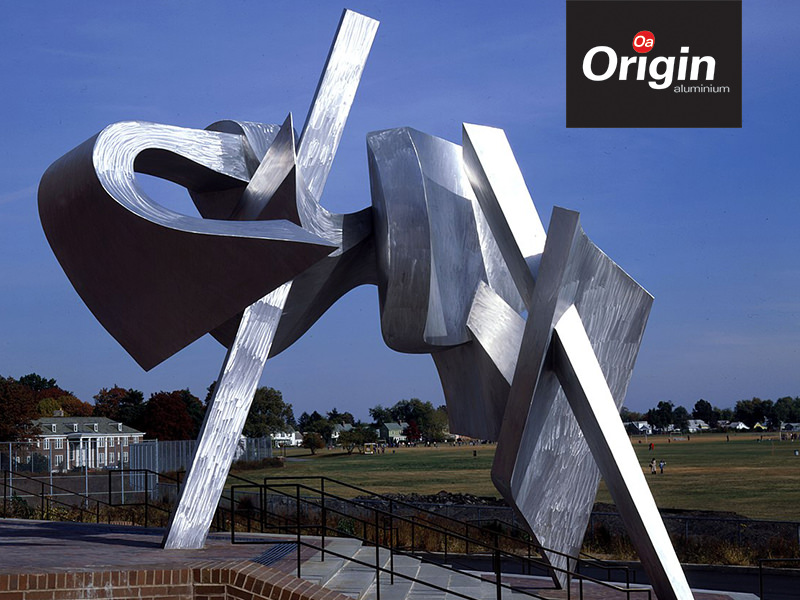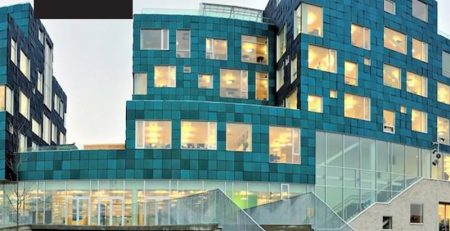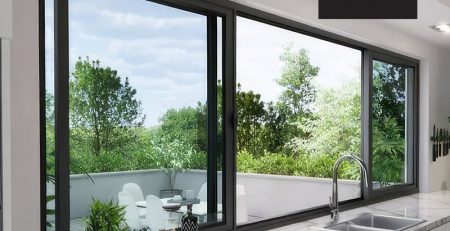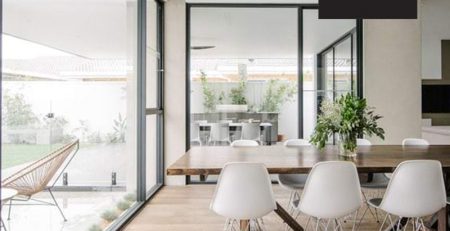From Ingenuity to Innovation: The History and Evolution of Architectural Aluminium
Have you ever stopped to admire the sleek, modern lines of a city skyscraper or gazed in wonder at a home extension that seems to float, all while merging seamlessly and magically with its environment? Behind that magic is none other than our hero of the hour – architectural aluminium.
We’re sure that you didn’t expect a metal to be the star of this tale, did you? But this is no ordinary metal. An interesting fact for the trivia enthusiasts: according to the International Aluminium Institute, aluminium enjoys an incredible 76% global recycling efficiency rate.
The Humble Beginnings: Alchemy to Aluminium
In ancient times, architects and builders were restricted to materials like wood, stone, and clay. That was until they unlocked the alchemical secrets of metals. Now, aluminium didn’t just wake up one day and decide to strut it’s stuff in the architectural realm. No, it underwent years of R&D.
Aluminium, in its pure form, was once more precious than gold. And while it’s hard to imagine, the Washington Monument, completed in 1884, was capped with a 100-ounce pyramid of aluminium as a testament to its value and rarity at the time.
Fast-Forward to the Future: Architectural Aluminium Takes Centre Stage
But how did this precious metal evolve into the architectural darling we know today? Through innovation and design! As extraction techniques became more advanced, aluminium became more accessible. This accessibility led to experimentation, which in turn led to architectural breakthroughs.
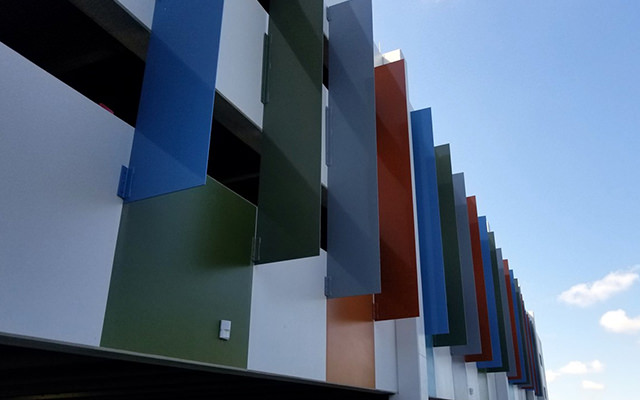
Architects found in aluminium a material that was not only strong but also lightweight. It resisted corrosion. It looked modern. For the homeowners, think of it as the equivalent of finding a partner who is both good-looking and has a great personality. For the developers, it’s like stumbling upon a construction material jackpot.
The Now and Wow of Architectural Aluminium
So, where are we today? Drive around any modern city or suburb, and you’ll witness the transformative impact of architectural aluminium. From the towering facades of commercial buildings to the chic patio doors in contemporary homes, it’s everywhere. And no, it’s not just showing off; it’s a testament to its versatility and enduring charm.
Homeowners, if you’re thinking of adding that extra zest to your home, architectural aluminium is the way to go. And developers, looking for a way to make your commercial projects stand out while ensuring longevity? You’ve got the answer.
The Future is Bright, Shiny, and Aluminium!
The world of architectural design is ever-evolving. And while trends may come and go the appeal of architectural aluminium remains constant. Its blend of form and function, strength and style, ensures it will continue to be an architect’s favourite tool for generations to come.
Is it surprising? Not when you consider its impressive resume. Aluminium’s sustainable qualities mean it’s not just about looking good; it’s about doing good too. For the environmentally conscious – this is a big tick in the green box.
Beyond Just Buildings: Aluminium’s Diverse Applications
Did you know architectural aluminium isn’t just about towering skyscrapers or modern home extensions? This marvel of material has paved its way into a plethora of applications.
Aluminium in Art
Artists, ever the visionaries, were among the first to see aluminium’s potential beyond the utilitarian. Sculptors, in particular, were drawn to its lightweight properties, which made it easier to craft intricate and large-scale pieces. It’s no wonder then that many public art installations – the ones you might’ve said “Oh, that’s interesting” to – owe their existence to this dynamic metal.
Bringing Green to Aluminium
Gardening enthusiasts, rejoice! Architectural aluminium has also made a mark in the world of greenhouses and conservatories. Its resilience to rust and corrosion makes it perfect for these humid environments. Plus, the chic, modern vibe of aluminium structures provides a stark, beautiful contrast to the greenery they house.
The Transportation Evolution
Ever noticed the gleam of a train as it whooshes past? That’s probably our star performer, aluminium, in action. Trains, buses, and even some aircraft have utilised aluminium for both its strength and lightweight properties, ensuring safety while reducing energy consumption.

The Environmental Edge of Architectural Aluminium
In today’s eco-conscious world, there’s an increasing emphasis on sustainability. And, lucky for us, aluminium stands tall and proud on this front too.
Aluminium’s Recycling Rendezvous
Here’s a cheeky question: what do cans of soda and swanky architectural marvels have in common? The potential for rebirth! Aluminium boasts one of the highest recycling rates of any metal. The energy required to recycle it is a mere fraction of that needed to produce it from raw materials. This not only saves energy but reduces the carbon footprint of every aluminium product, be it a can or a commercial building.
A Metamorphosis of Metal
Architectural aluminium has come a long way from its prized beginnings, transforming our landscapes and lifestyles. Its myriad of applications is a testament to its adaptability and the innovation of those who harness its potential.
So, the next time you sip a drink from an aluminium can or admire a modern architectural masterpiece, remember the journey of transformation and resilience that this metal epitomises.
Still intrigued? Thinking of adopting architectural aluminium in your next big project or home makeover? Contact Origin to explore endless possibilities with this wonder material. With aluminium, the future isn’t just bright; it’s brilliant.

